Silver and jewellery are two of the most popular categories for collectors and investors in the art and antiques market. The reason? Apart from their decorative value – or in the case of jewellery the pleasure of wearing it – small, high-value items are easy to transport and safely store.
Unlike art, the items themselves have an intrinsic value embedded in the precious metals and stones used. But for collectors and investors the most sought-after pieces are those by a renowned maker (for example, imperial Russian pieces by Fabergé or Art Deco pieces by Cartier); historical scarcity (such as Georgian silver with a provincial Irish hallmark); and provenance (for example, jewels owned by the late Duchess of Windsor and Elizabeth Taylor sold at auction for vast multiples of their valuations). Jewellery more than silver is subject to the whims of fashion. Here's what dealers and auctioneers who specialise in silver and jewellery advise:
Michael Jordan, managing director of O'Reillys Auction Rooms, Francis Street, Dublin 8
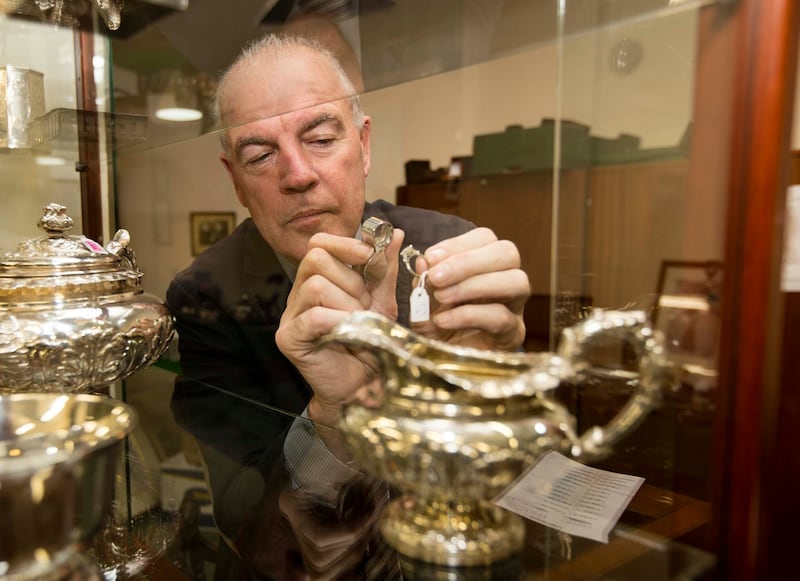
“The main question a collector or investor should ask is what is the re-saleable opportunity of this item if I have to sell it? Value is really what someone else is prepared to pay. We encourage all our customers to ask about the quality, condition, style, etc before they decide what to buy. Anyone who invested in diamonds or gold during the past few years – at the right price – would not have suffered any great loss.
"Items of jewellery can be popular for a few years and then go out of fashion. The informed investor will identify this trend. When I first started in the jewellery trade, the most popular items were gold Albert watch chains and Muff chains, curb-link bracelets, crescent diamond brooches, and Irish silver. The trend now seems to be for one really fine piece of jewellery – people are buying jewellery to wear and not to be left in the safe or bedside locker and just taken out on special occasions. Solitaire, three-stone and five-stone diamond rings are now very popular and perhaps a ruby, diamond or sapphire ring as an extra.
"Diamond line bracelets are also popular as they can be worn for both formal and informal occasions. Diamond stud earrings have made a comeback. We have seen many people recently who have decided to invest in jewellery and they are also having the pleasure of wearing it.”
John Weldon, auctioneer and specialist in antique silver and jewellery, Cow’s Lane, Temple Bar, Dublin
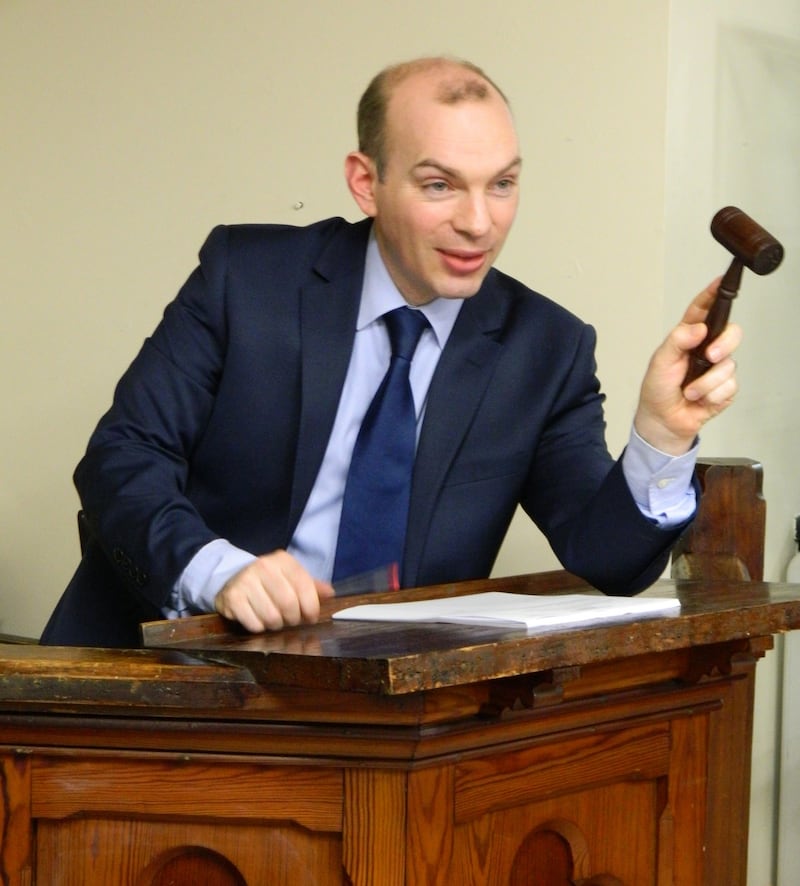
“Jewellery is not made to sit in a safe – it’s made to be worn and loved. Buy from a firm that has a reputation to uphold. In the past six months, I’ve had two people in with me who bought 'diamond' rings overseas – one in Turkey, the other in Thailand – which turned out to be fake. If buying at auction, ask questions.
"Diamonds are a good investment – but remember the four Cs; Carat, Colour, Clarity & Cut. Make sure they are above 0.70cts each; white in colour above H or I colour; clarity above SI1; and, choose round-shaped diamonds. Early Irish silver is rare – especially pieces made in Cork, Limerick and Galway. For every one Irish silver tea-pot there are 20 English ones. Condition is key, the hallmarks need to be good and clear. 18th-century Irish silver should be, in general, plain. During the Victorian era many of these 18th-century pieces were refashioned and had ‘chasing’ decoration applied to conform with the fashion of the day. This can have a negative impact on the value.”
Gráinne Pierse, antiques dealer, Courtville Antiques, Powerscourt Townhouse Centre, Dublin 2
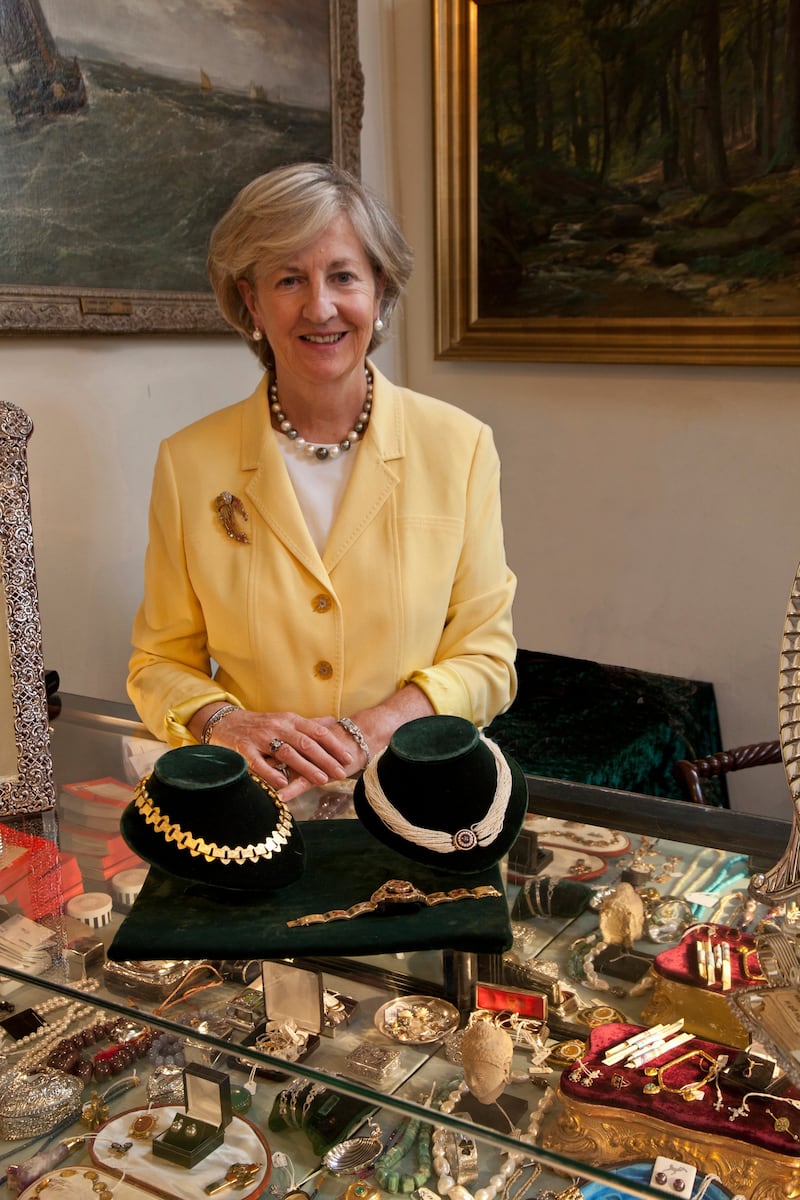
“The Irish market has become more sophisticated, buyers are more knowledgeable, and there is more interest in, and demand for, antique jewellery. After a decade of domination by diamonds, there is now a growing appreciation of the subtlety and beauty of natural un-heated and un-treated coloured stones, particularly sapphires, rubies and emeralds. Natural pearls – increasingly rare – are also a good investment.
"Taste and trends change, but I believe that high-quality antique jewellery never goes out of fashion and remains highly collectable, desirable and wearable, as well as fascinating: every piece of antique jewellery has its own unique story to tell. At the moment, Art Deco jewellery is particularly sought-after – especially geometric brooches; rare Georgian jewellery is also very collectible.”
Tom Woodward, managing director of Woodward Auctioneers, Cook Street, Cork
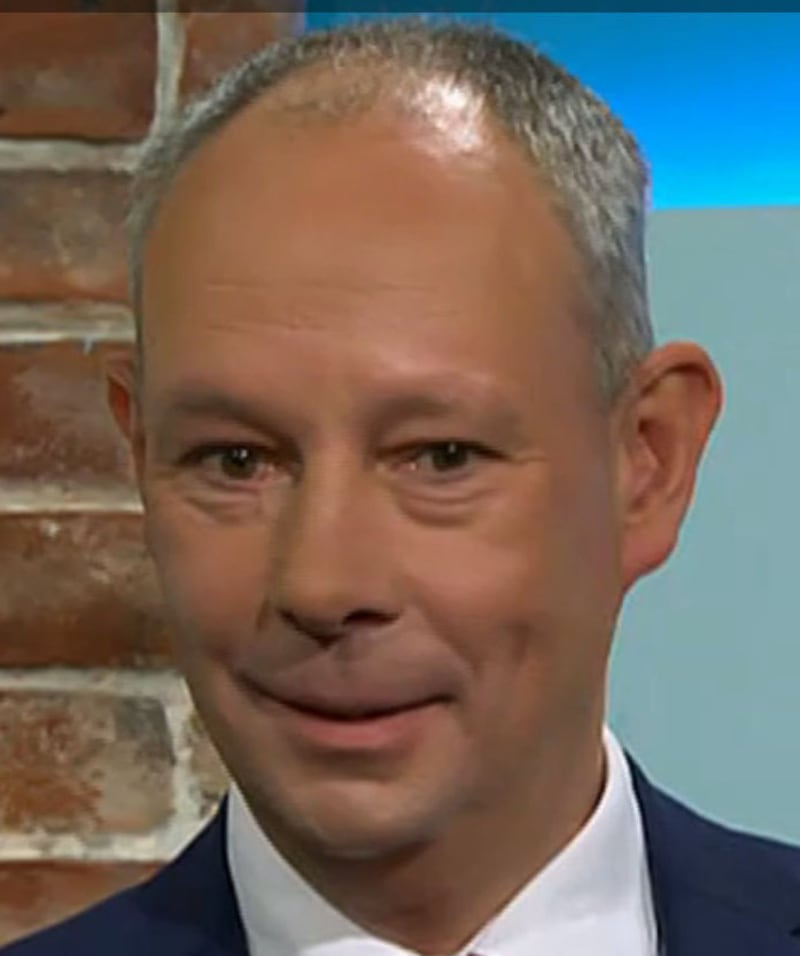
“Investment in antique silver is essentially a long-term punt but the balance is that you get to enjoy ownership of quality items over the period. So, only buy something you really like – you have to live with it after all. Silver looks well, is easily transported and can be stored securely in a small safe. Each piece bears a hallmark (showing where it was made, the date and the silversmith) and these can be found in reference books. It’s better to buy a small piece of Irish – and especially Cork-made – silver than an English piece as the rarity will ensure that it increases in value. At present, we see Irish silver doubling in value every three to five years and, as the silver bullion price continues to rise we see quality pieces increasing in value as well.
"As with all investments some research is advised but most experts and auctioneers will be happy to impart their knowledge and to advise on pieces which come up for auction.”
Claire-Laurence Mestrallet, jewellery specialist, Adam's, Dublin 2
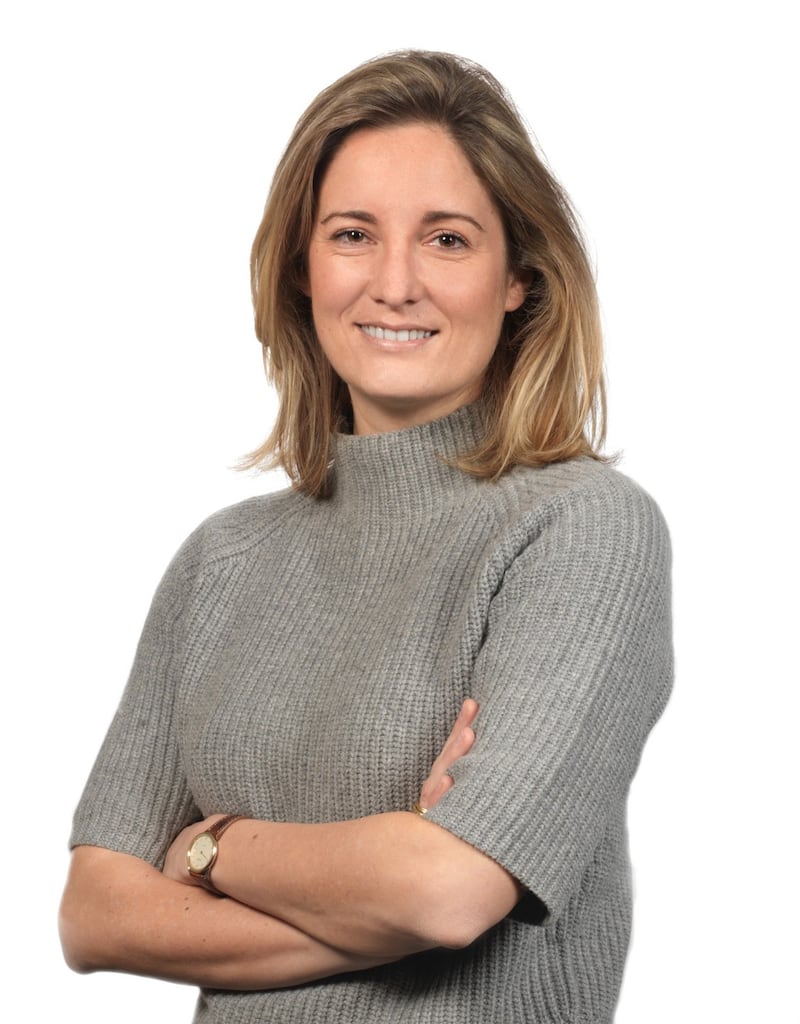
“In terms of fashion in Ireland, people are quite traditional and love their three-stone rings, cluster rings and cultured pearls.Recent jewellery auctions worldwide have revealed the increased popularity of period pieces, in particular from the Art Deco era and later pieces from the 1950s, 60s and even 70s. In the current market, pieces from these eras can fetch double, sometimes triple what they would have fetched at auction 10 years ago.
"Pieces dating from the 1970s, by British jeweller Andrew Grima, for example, are selling extremely well and signed pieces from renowned jewellery houses such as Cartier, Van Cleef & Arpels and Tiffany are proving to be especially sought-after as they guarantee fine quality. People attending auctions are looking for good deals. A ‘good buy’ at auction is determined by a number of factors: good quality gemstones, quality of the maker, condition, a ‘realistic’ estimate, and provenance.
"For investors in jewellery, I would advise patience. Don’t expect a return straight away as jewellery takes a long time to reach its investment potential. There are a number of contemporary collections such as ‘Serpenti’ by Bulgari and ‘Panthère’ by Cartier – and pieces by designers such as Hemmerle, Victoire de Castellane for Dior and James de Givenchy for Taffin, which, I believe to be good investments, but again patience is necessary.”
Joy Danker, antique silver dealer, Royal Hibernian Way, Dublin 2
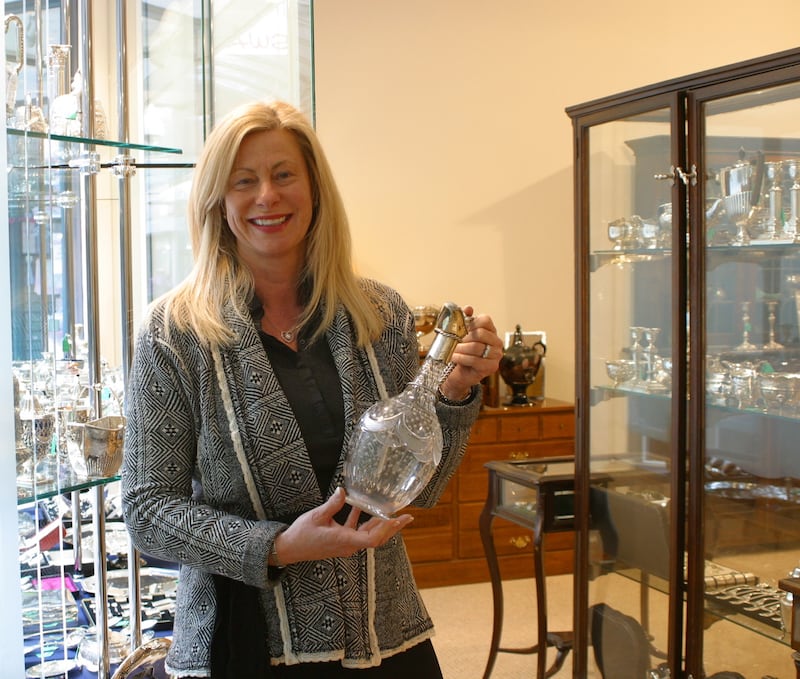
“You must buy what you like and follow your own personal taste. A knowledgeable antiques dealer and expert can be a great resource as you start to build a collection. An antiques collection from Danker Antiques can begin with an item as small as an antique silver teaspoon for less than €100.
"The market is changing all the time and our business has to adapt. Younger customers, who may not be keen on Georgian and Victorian silver and jewellery, like Celtic Revival and Art Deco and also want items they can use – like cutlery and candlesticks – rather than just display on a sideboard. Items by Celtic Revival Irish silversmiths of the late 19th and early 20th century, including Edmond Johnson, Hopkins & Hopkins and West & Son, are good buys."
Claire Heaney, jewellery specialist, Ross’s Auctioneers & Valuers, Belfast
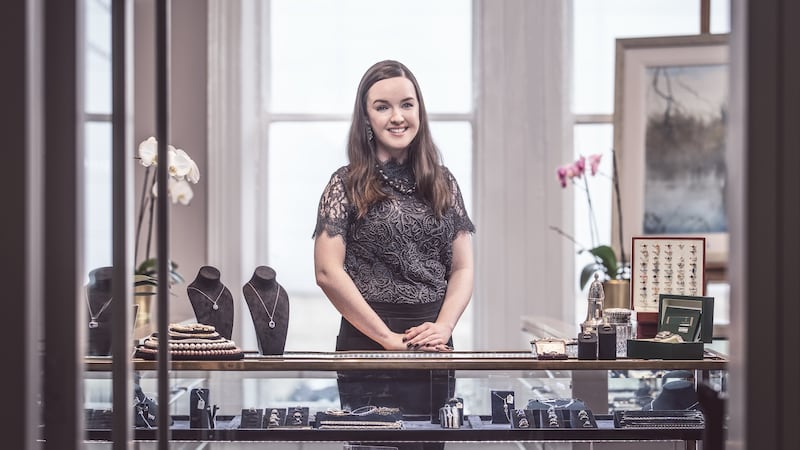
“My advice is so simple that it is perhaps a cliche – buy larger pieces, less often. Try to invest in the largest gemstone weights your budget allows for, putting your money into individual larger stones rather than pieces encrusted with smaller stones. Art Deco jewellery, typically incorporating platinum and diamonds, is well worth considering. Pieces from that period have strong linear designs that still look modern today. Jewellery from renowned design houses, known as ‘signed jewellery’ are a good investment and are sought after because of their exceptional quality. Examples include Cartier, Tiffany & Co, Van Cleef & Arpels, Bulgari, Boucheron, Patek Philippe and Rolex.
"Secure one-off pieces you are unlikely to find again, for example, an obscure Victorian piece with unusual detailing and mix of gemstones. With fine jewellery, unless budget allows it, it may not be wise to get too swept up with trends. That’s what good-quality costume jewellery is for, vintage and signed if possible.”
Phyllis MacNamara, antique jewellery dealer, Cobwebs, Galway
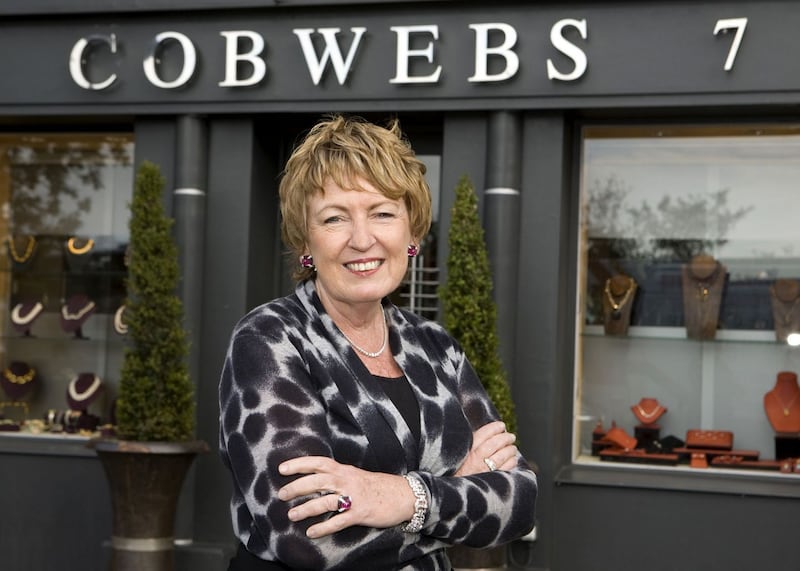
“If you want to collect jewellery, chose a piece that represents its own moment in time, ideally a signed piece in its original fitted case. A good buy now is Victorian jewellery, which is not as fashionable as it was so is therefore more affordable.”
Bryan Greene, Adams Blackrock Blackrock, Co Dublin
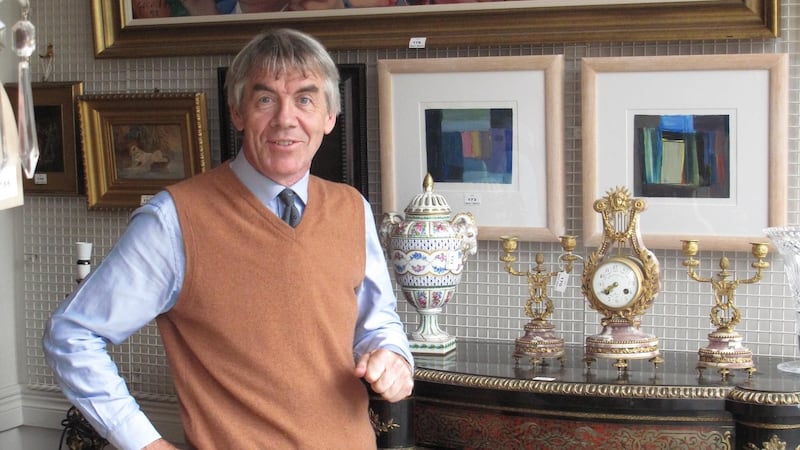
“Quality, scarcity and provenance are the three main criteria that collectors and investors should keep in mind. Silver is very good value at the moment – especially 18th-century silver, which is very undervalued. Collectors look for integration of good design and prescient sense of the modern when considering a purchase. For someone interested in building a collection of silver I’d recommend buying, say, a pair of 18th-century candlesticks by a good Dublin silversmith which might cost up to €2,000 but would make a good, long-term investment.
"Also, Chinese silver and Indian Rangoon-ware (pieces made in India and Burma during the British Raj) are sought after internationally and they occasionally surface in Ireland.”
Next week. Thinking of investing in rare books? Tips from the experts





















